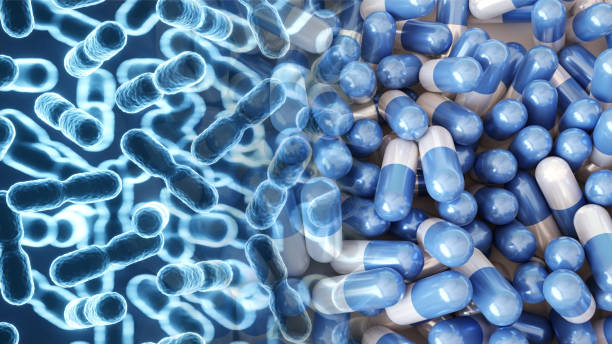By Morgan Nwanguma
A number of patients with a uncommon type of Lou Gehrig’s disease also known as amyotrophic lateral sclerosis (ALS) were beneficiaries of an experimental treatment, with biomarker proof of abridged injury to neurons and even restricted functional recovery.
When Columbia neurologist and scientist Neil Shneider converses with his ALS patients who volunteer for experimental treatments, he’s unshakably frank. “Patients always ask me, “What can I hope to get out of this?” Shneider says. “And I always say, in most clinical trials, our hope is that we can slow the disease or maybe even halt progression.”
So it became astonishing when some of the patients treated with an experimental drug — a therapy that came out from Shneider’s research efforts — revealed good progress.
“When testing new drugs for ALS, we do not expect to see clinical improvement,” Shneider says. “What we’ve seen in one patient is really unprecedented functional recovery. It’s surprising and deeply motivating for us, the ALS research community, but also the community of ALS patients.”
Outstanding success stories
Records from 12 patients — all treated with the innovative treatment for an unusual form of ALS brought on by a genetic mutation in a gene known as FUS — were presented in a case series published by Shneider online in the Lancet.
Despite the fact that these gene mutations are responsible for only 1% to 2% of ALS cases, they give rise to some of the most aggressive types of ALS that start in adolescents and young adults. In sufferers with these mutations, toxic FUS proteins build up in the motor neurons that control the patient’s muscles, sooner or later destroying the neurons.
Two of the patients in the published case series revealed an amazing reaction to the experimental therapy, ulefnersen (which used to be referred to as jacifusen), created by Shneider in partnership with Ionis Pharmaceuticals.
A certain young woman, who has been administered injections of the therapy since late 2020, recovered the ability to walk without any assistance and to breathe without making use of a ventilator, two of them previously lost to ALS. She has lived longer with this ailment than any other known patient with this juvenile-onset type of FUS ALS.
The second sufferer – a man in his mid-30s, showed no symptoms when he started treatment, but tests of electrical activity in his muscles showed that signs of the disease may possibly surface soon. Within three years of constant therapy with the experimental drug, the man has still not shown any signs of FUS-ALS and the strange electrical activity in his muscles has become better.
On the whole, after six months of treatment, patients in the series noticed up to 83% reduction in a protein known as neurofilament light, a biomarker of nerve damage.
“These responses show that if we intervene early enough and go after the right target at the right time in the course of disease, it’s possible to not only slow disease progression, but actually reverse some of the functional losses,” Shneider says. “It’s also a wonderful example of precision medicine and therapeutic development based on science and an understanding of the biology of disease.”
Despite the fact that a majority of the other symptomatic patients in the series did not survive their aggressive disease, Shneider says “several apparently benefited from the treatment. The progression of their disease slowed, and they lived a longer life as a consequence.”
The case series as well revealed that the medication is safe and well tolerated, without any serious adverse events associated with the drug.
Having seen outcomes from the first of these patients, Ionis Pharmaceuticals was determined to finance a worldwide clinical trial of the drug, led by Shneider, which is presently on-going.
“Now we are eagerly awaiting those results, which we hope will lead to the approval of ulefnersen,” Shneider said.





